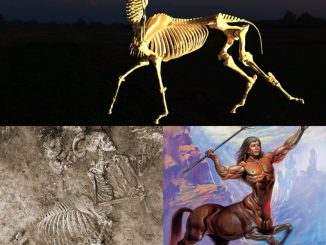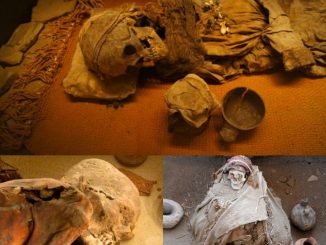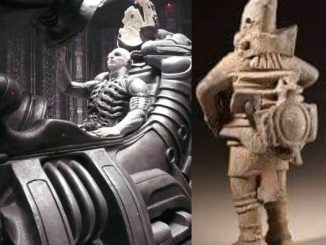Introduction
Nestled in the rolling hills of Oxfordshire lies a monumental testament to prehistoric creativity and symbolism: the White Horse of Uffington. This ancient hill figure, estimated to be over 3,000 years old, captivates the imagination with its elegant form and mysterious origins. Unlike any ordinary landmark, the White Horse was crafted by digging deep, curved trenches into the chalk hillside, which were then filled with white chalk rubble, creating a stark contrast against the green English countryside. This blog post delves into the history, construction, cultural significance, and the ongoing allure of the Uffington White Horse, inviting readers to explore one of Britain’s most enigmatic ancient treasures.
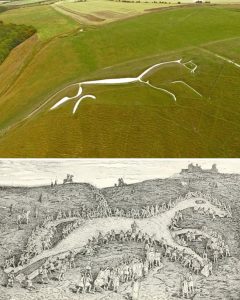
Crafting a Legend: The Construction of the White Horse
The creation of the Uffington White Horse is a marvel of prehistoric engineering and artistic vision. The figure, measuring approximately 110 meters in length, was skillfully carved into the chalk hillside, a technique that required both precision and a deep understanding of the landscape. By excavating trenches and filling them with white chalk rubble, ancient artists ensured that the horse would remain a prominent feature of the landscape, visible from miles around. This method of construction not only highlights the ingenuity of its creators but also their desire to leave a lasting mark on the land, a testament to their identity or beliefs.

A Symbol Through Ages: The Cultural Significance of the White Horse
The White Horse of Uffington is steeped in mythology and cultural significance, transcending its physical form to become a symbol of mystery and heritage. Its exact origins and purpose remain the subject of debate among historians and archaeologists, with theories ranging from religious significance to territorial markers. The horse’s elegant and stylized form suggests it was more than mere decoration; it was a potent symbol for the people who created it. Over the centuries, it has become intertwined with local folklore and national identity, a reminder of Britain’s ancient past and the continuity of history.
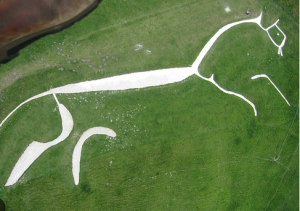
Preserving the Past: The Care of the White Horse
The preservation of the White Horse of Uffington is a testament to the community’s dedication to maintaining this link to prehistoric times. Regular “scouring” events ensure the figure remains visible, preventing the chalk from being overgrown with grass and weeds. These events, which have become part of local tradition, not only serve a practical purpose but also reinforce the communal ties to the landscape and its history. The ongoing care of the White Horse illustrates the balance between preserving the past and embracing it as a living part of the present, engaging new generations with the ancient landscape.

Unveiling History: The Importance of Ancient Discoveries
The White Horse of Uffington is just one example of the myriad ancient discoveries that offer us a window into the lives and beliefs of those who came before us. Such findings challenge our understanding of history, revealing the complexity, creativity, and depth of human expression across millennia. Each discovery, from the grandeur of the White Horse to the simplest of artifacts, contributes to a richer, more nuanced narrative of human history. They remind us of the importance of preservation and study, as these ancient legacies continue to inform and inspire.

Conclusion
The White Horse of Uffington stands as a timeless emblem of prehistoric artistry and cultural expression, carved into the very fabric of the Oxfordshire landscape. Beyond its striking visual impact, the horse embodies the mysteries of its creators, inviting speculation and admiration across ages. The ongoing care and preservation of this ancient landmark highlight the enduring connection between people and their heritage, a bond that spans thousands of years. As we explore and uncover the secrets of the past, the White Horse serves as a poignant reminder of the depth and diversity of human history, encouraging us to look closer and wonder at the stories etched into the earth.
